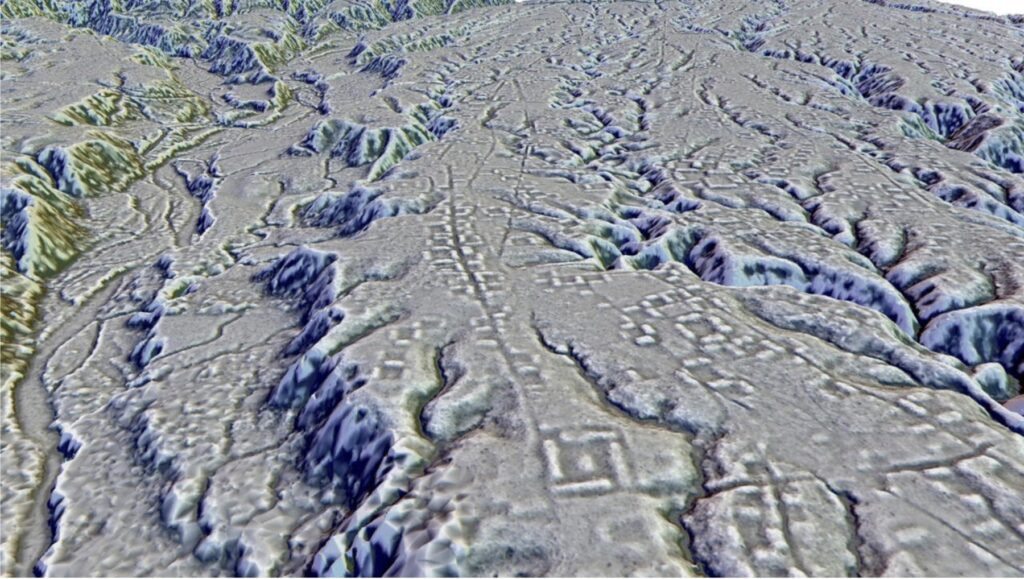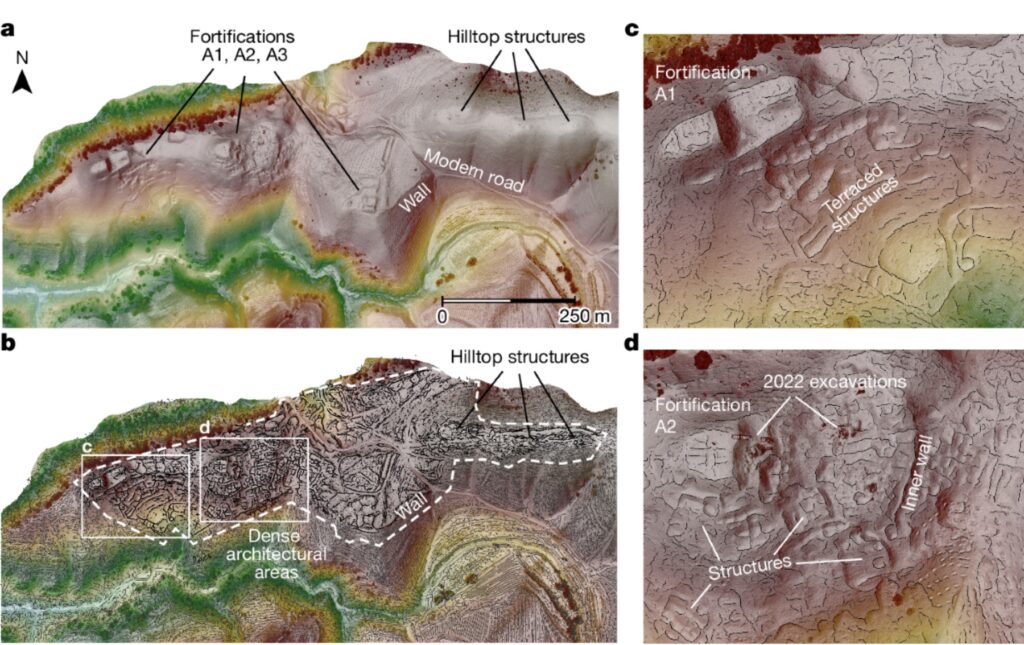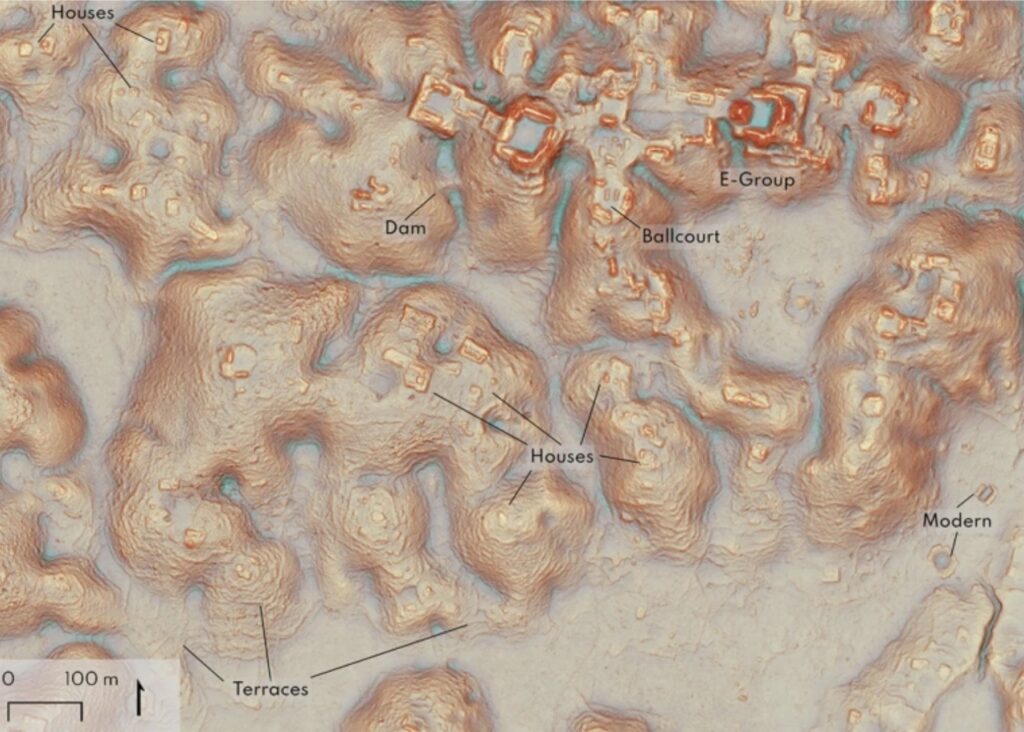From its roots in aerial photography during World War I, archaeology has continually evolved with technological advancements. LiDAR (Light Detection and Ranging) technology represents a significant leap forward. Introduced to archaeological research in the 1980s, LiDAR uses laser pulses to generate precise 3D maps of landscapes, penetrating dense vegetation and revealing features otherwise hidden from view. This revolutionary tool has allowed archaeologists to uncover ancient secrets without disturbing the ground, pushing the boundaries of historical discovery.
Here are some of the most remarkable revelations from the past year:
Lost Cities Rediscovered in the Amazon
LiDAR surveys in the Upano Valley of eastern Ecuador uncovered a sophisticated network of pre-Columbian cities thriving over 2,000 years ago. These settlements, once shrouded by the dense Amazon rainforest, revealed over 6,000 earthen mounds, intricate road systems, and advanced water management infrastructure. This discovery redefines the history of the Amazon, showcasing the region as a hub of complex societies rather than a sparsely populated wilderness.

Medieval Silk Road Cities in Uzbekistan
In the mountainous terrains of Uzbekistan, LiDAR technology unveiled two forgotten medieval cities, Tashbulak and Tugunbulak, located along the historic Silk Road. The cities featured fortifications, religious structures, and vibrant residential areas, emphasizing the region’s role as a critical trade and cultural exchange hub. These findings challenge the long-held belief that mountains were barriers to commerce, highlighting their strategic importance in medieval times.

Maya Settlements in Campeche, Mexico
In Campeche, Mexico, archaeologists from Mexico’s National Institute of Anthropology and History used LiDAR to uncover ancient Maya structures near Calakmul including a canal system, plazas, a pyramidal temple, and a ball court. Dating back to the Early Classic period (200-600 CE), these findings provide insights into the Maya civilization’s architectural prowess and environmental adaptation, shedding light on a pivotal era in their history.

Endless Possibilities for the Future of Archaeology
These discoveries exemplify LiDAR’s transformative impact on archaeology. By uncovering hidden landscapes and rewriting historical narratives, this technology not only continues to broaden our understanding of ancient civilizations but also aids in preserving cultural heritage threatened by modern development and climate change. As LiDAR continues to evolve, the future of archaeology holds endless possibilities, with each new discovery bringing us closer to unraveling the mysteries of humanity’s past.
